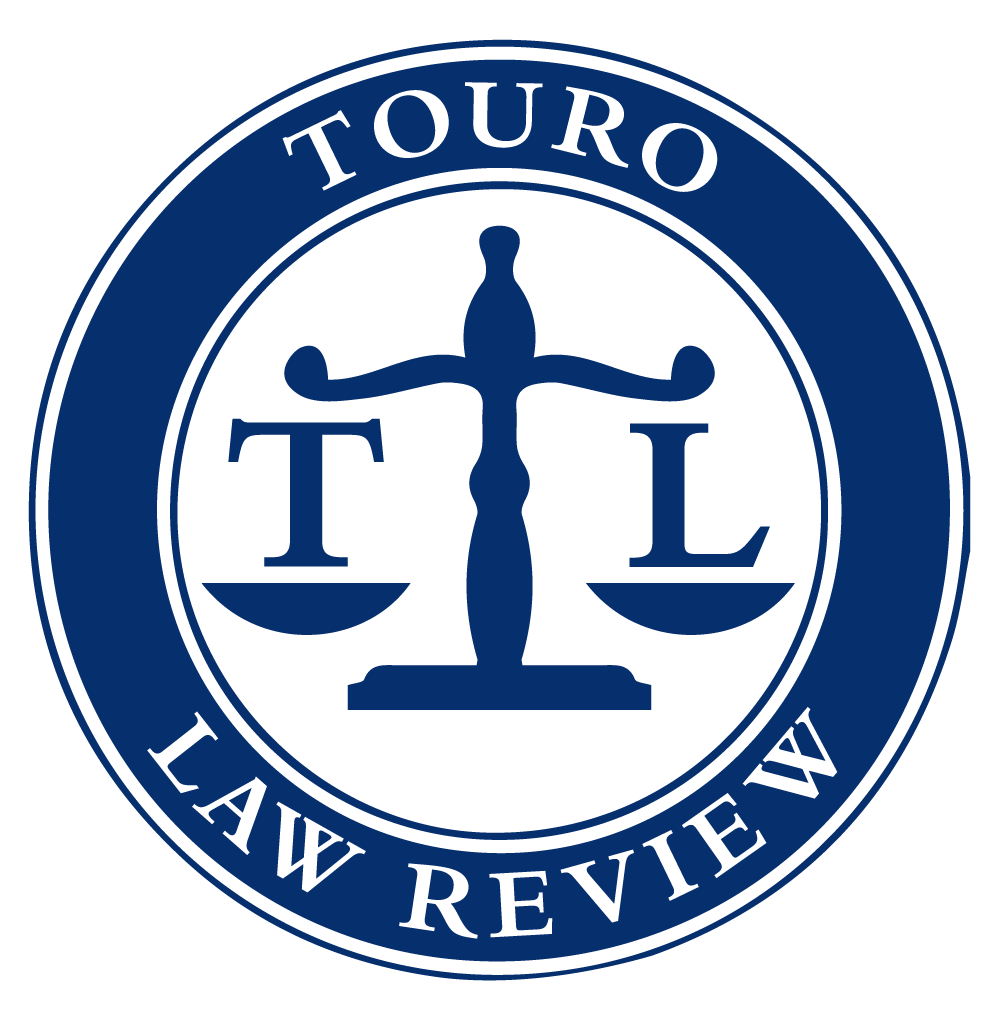
Touro Law Review
Abstract
The state action doctrine is notoriously confusing and contradictory. It is also a weak mechanism for enforcing the constitutional accountability of both State and private actors. Many solutions to the doctrine's varied issues have been posed, but as of yet its problems have not been resolved. In fact, they continue to worsen, as increasing privatization combines with the doctrine's restrictions to narrow constitutional liability to the point of potential nullity. This article examines the doctrine's failures through the specific lens of accountability, demonstrating through analysis of recent caselaw how the doctrine — along with creating confusion and countless circuit splits — allows innumerable constitutional violations to go unremedied, even where the State played a significant role in or had significant influence over the challenged action. It argues that the easiest and most effective solution to the doctrine's flaws lies within the heart of the doctrine itself, as defined by the Supreme Court: matching State responsibility with constitutional liability.
The conception of State responsibility as originally formulated by the Court does not necessitate as narrow a reading as it has thus far received, and a broader interpretation could allow the doctrine to fill in its current accountability gaps. To that end, this article proposes several modifications to the state action doctrine. These changes include interpreting the current state action tests used by courts as non-exclusive, removing the unwarranted requirement that the State be directly responsible for the specific action challenged, and adding factors into the analysis that capture a broader and more accurate vision of accountability.
Recommended Citation
Goodson, Jordan
(2021)
"The State of the State Action Doctrine: A Search for Accountability,"
Touro Law Review: Vol. 37:
No.
1, Article 9.
Available at:
https://digitalcommons.tourolaw.edu/lawreview/vol37/iss1/9


